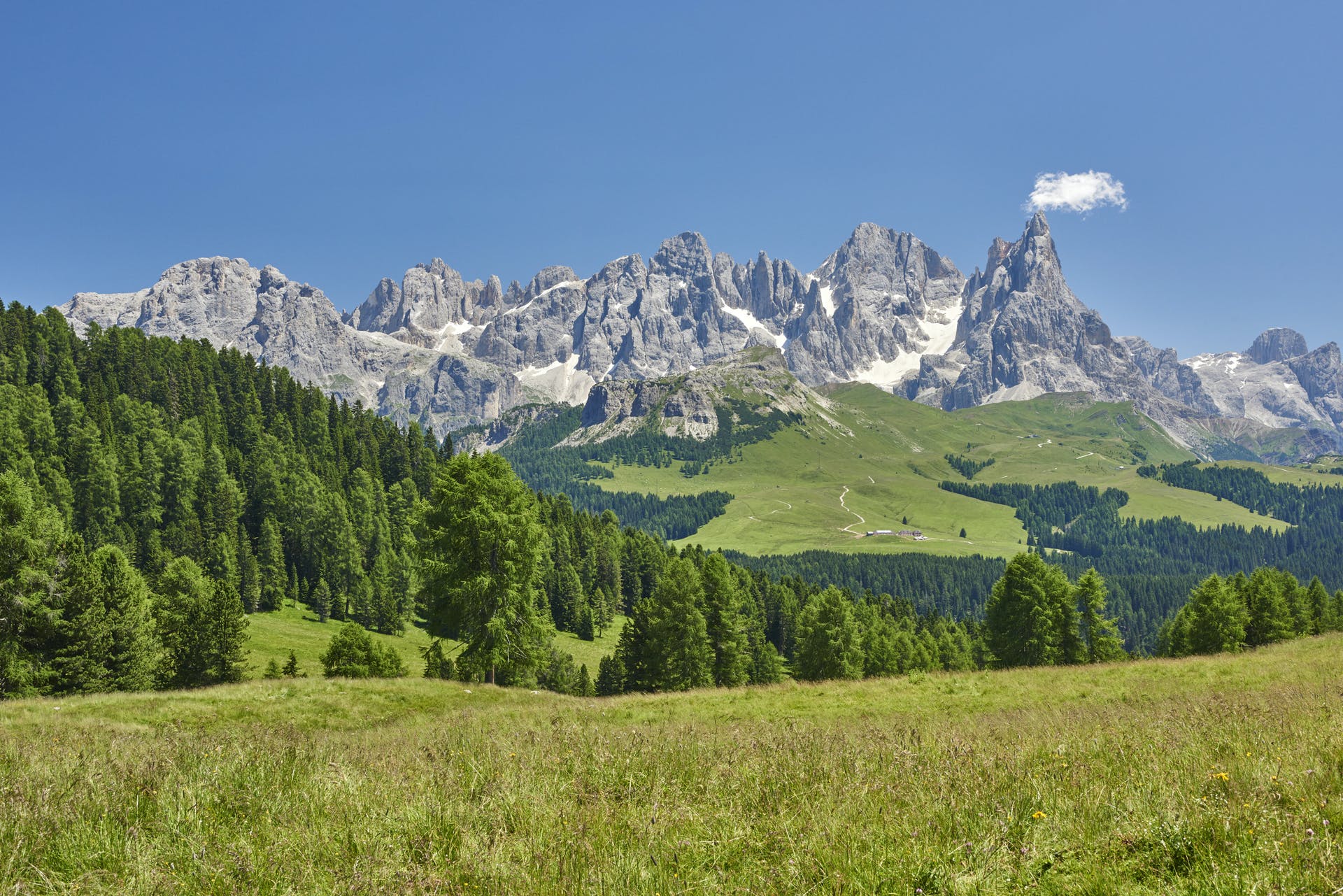
Hiking in the Dolomites isn’t just about the trails, although they are without a doubt world class. It also takes you deep into the region's heritage, which sits at the crossroads of Italian, Austrian and Ladin culture. As you trek from one panoramic, high mountain refuge to another, you'll encounter much more than mountaintops. Ancient pastoral traditions, delicious mountain cuisine and the local Ladin language are all part of the draw.
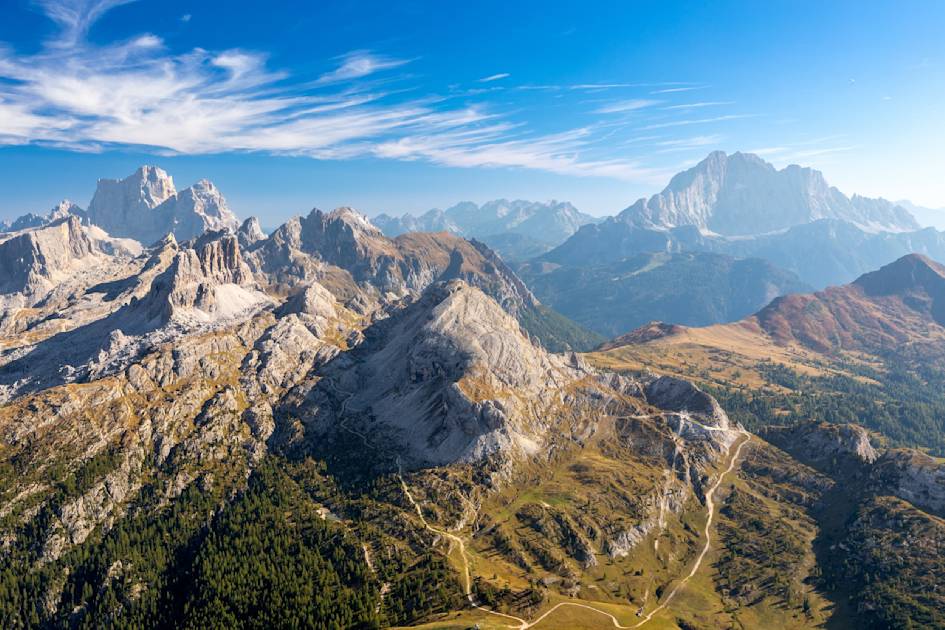
Whether you set off on a day hike accessed by cable car, multi-day loops through villages and pastures, or you hit the renowned ‘Alta Via’ trails that take you right up into the high peaks, there’s no shortage of trails. And no hiking guide to the Dolomites would be complete without flagging up the extreme beauty of the terrain - it is a UNESCO World Heritage Site after all.
Where to Stay in the Dolomites?
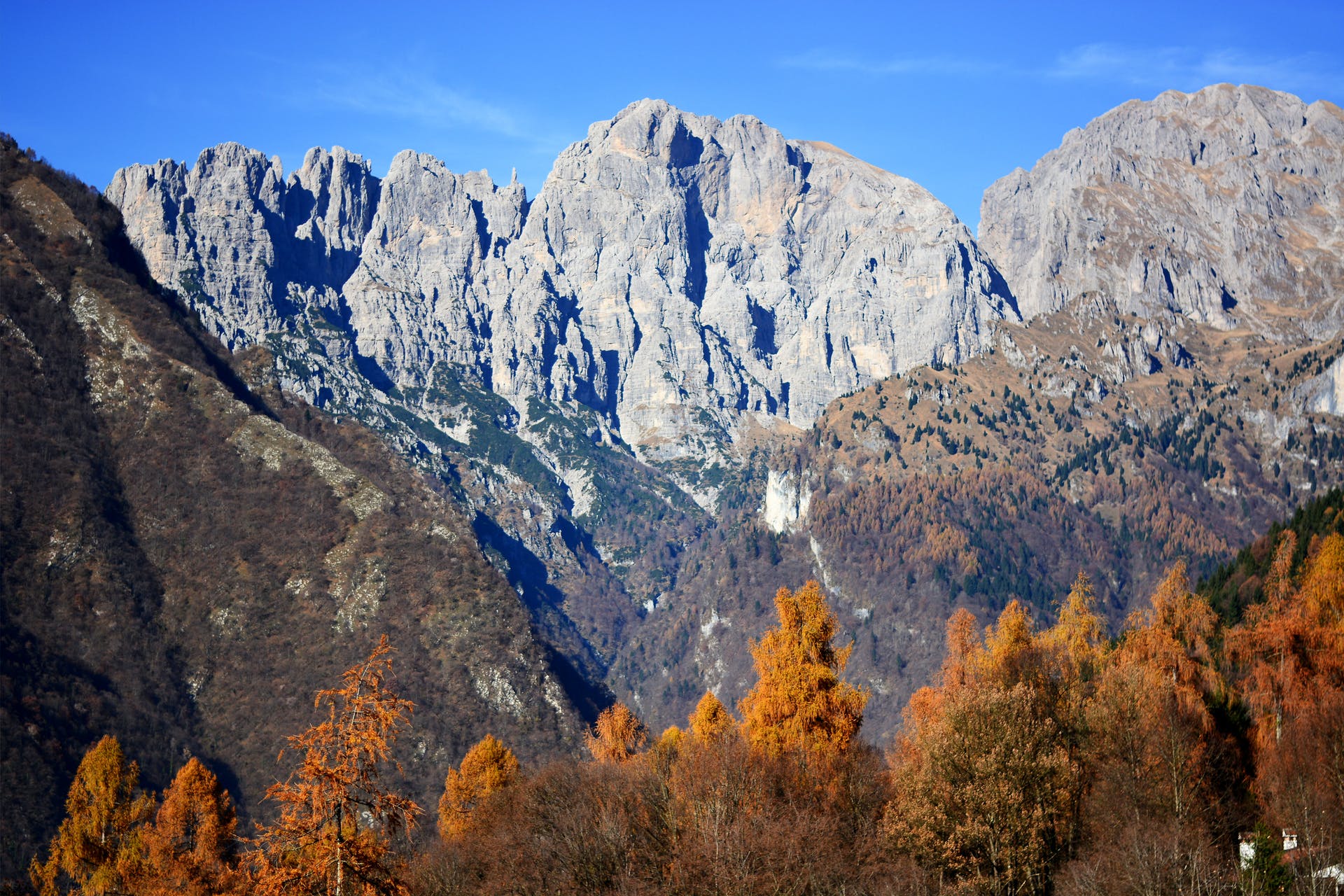
There are several locations to base yourself in the Dolomites, each with its own unique appeal and adventure options. For access to the Val Gardena trekking routes and the heavenly Alpe di Siusi, choose one of the towns in the valley, Selva, Santa Cristina or Ortisei. For the best access to the Marmolada ridge, Canazei is a good base. Cortina D’Ampezzo is a chichi town with good hiking facilities and plenty to do in the evenings after a hard day's trek.
Bolzano is one of the major towns in the Dolomites region, and has lots of cultural sights worth making time for. It’s one of the best towns to see local life as tourism is not its only industry. Belluno is the major town in the eastern Dolomites and offers lots to do in the immediate vicinity. It is also the end point of the Alta Via #1 and has loads of accommodation options for that post trek downtime. Brixen (Bressanone in Italian) is a historic town not far from the Austrian border where the Tyrolean architecture and surroundings can make you forget you’re in Italy.
Hiking in the Dolomites | Dolomitian Culture
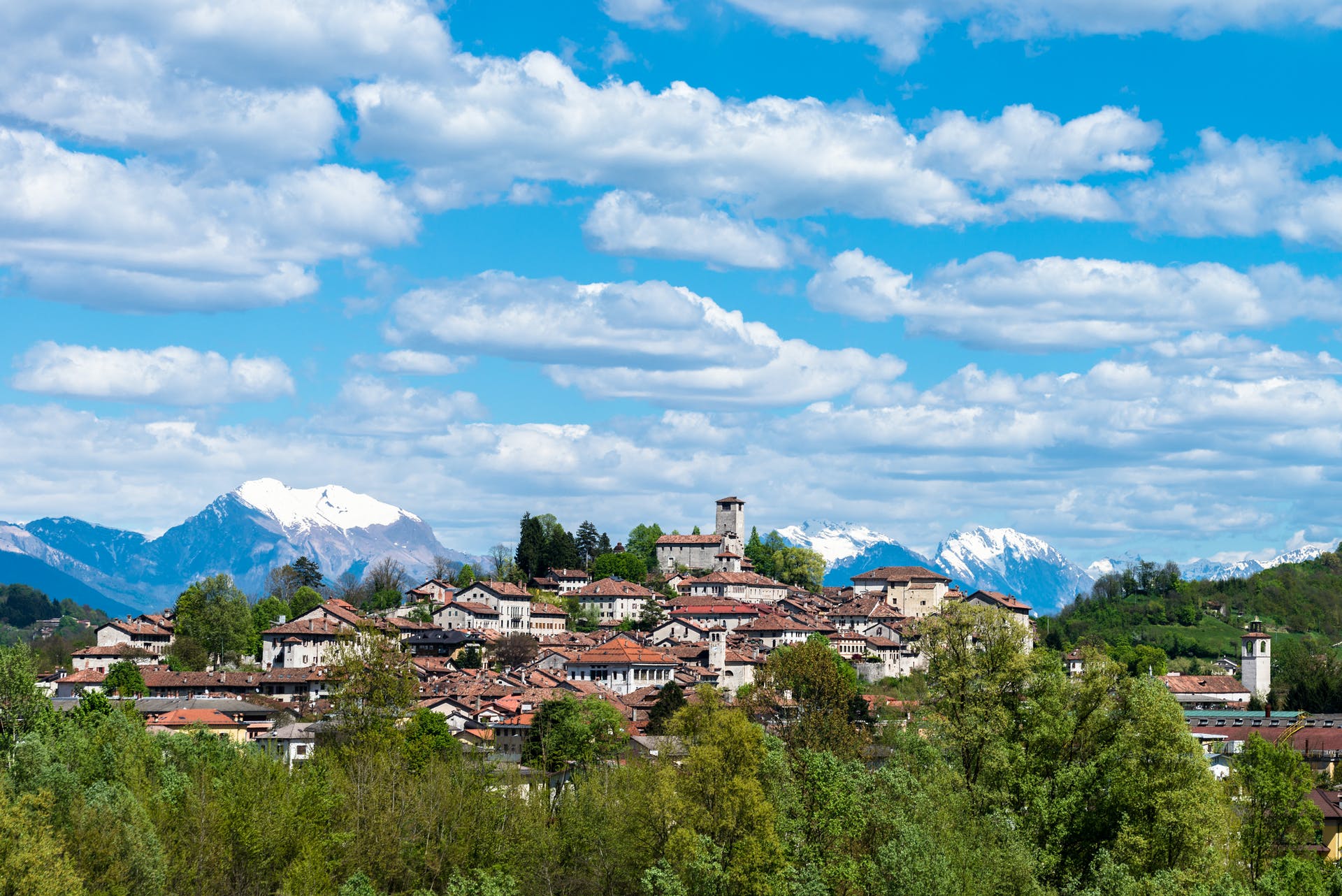
Until the the First World War, a lot of the Dolomites range were not part of Italy, and even though it’s around 100 years since the region was brought under Italian rule, there are lots of corners which still feel decidedly non Italian. Some corners still have a strong Tyrollean identity, which you can spot in the architecture, food, and dominant language. The most significant pockets of Ladin speakers remain in the Val di Fassa (where there is a museum of Ladin heritage), Val di Non, Val Gardena and Alta Badia, and for many inhabitants across the Trentino and South Tyrol regions dialect is spoken at home, German is the lingua franca and Italian is only used when necessary.
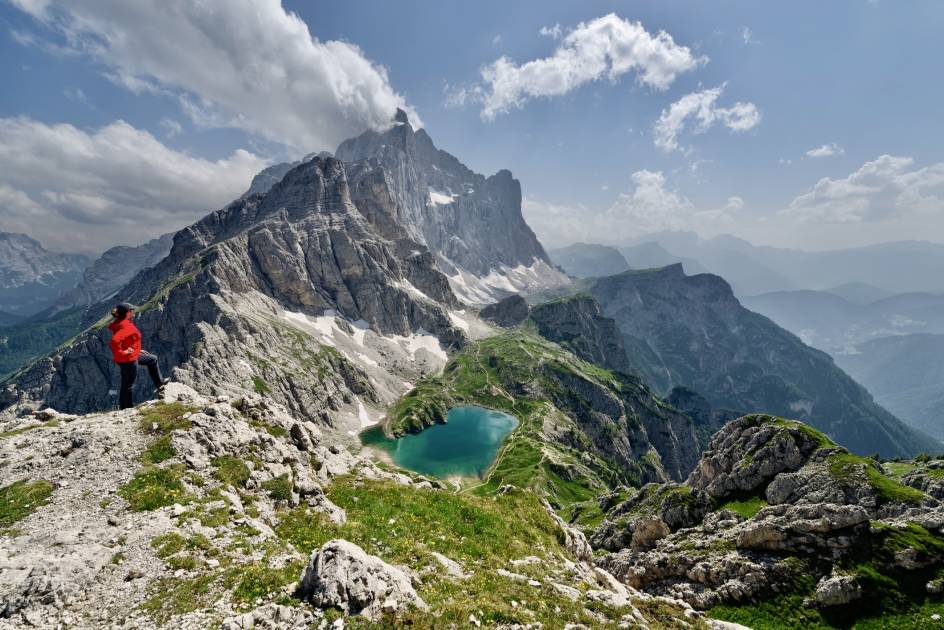
Traditionally these mountains have a strong pastoral heritage, and much of the population were engaged in agriculture before tourism became such a major part of the economy. Today, the intermingling of cultures is part of the allure, and if you are lucky enough to stumble upon a local festival while you are there, make the most of the opportunity to see the colourful traditions in action.
Best Hikes in the Dolomites
When you think of the Italian Dolomites you think of the beautiful, spiky peaks of northern Italy. Maybe you think of a beautiful, remote mountain hut in a green valley, on an all-day ascent and descent which finishes with pasta and wine. We think of hiking - and these are some of our favourite places in the Dolomites to hike.
1. See the Tre Cime di Lavaredo Peaks
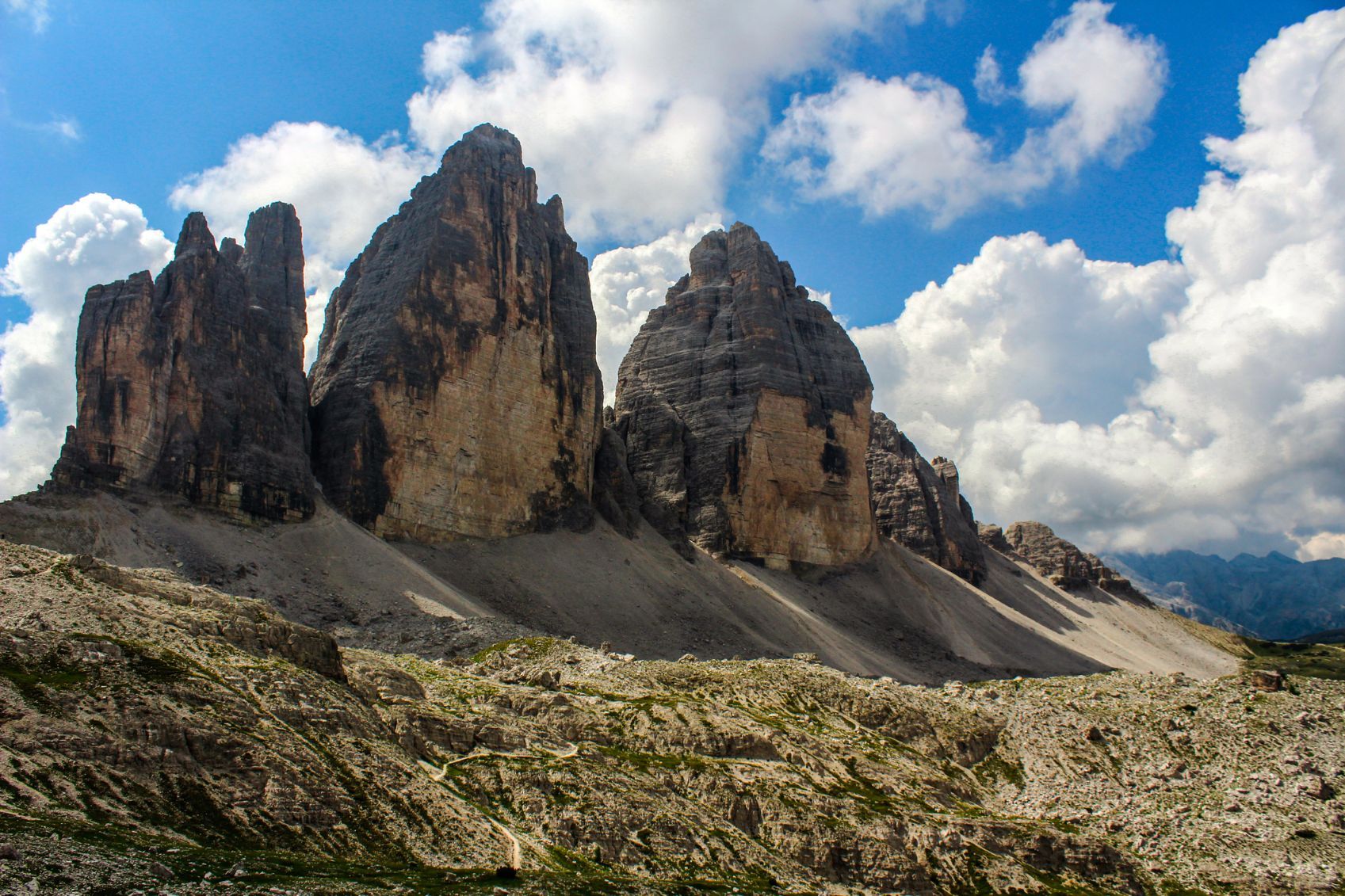
A beautiful day hike in the Dolomites is the Tre Cime di Lavaredo loop. This is not too tricky - coming in just over 10km - and it's great for seeing typical Dolomiti scenery. So it's a best of both worlds hike, in a way. We're talking big, beautiful rock formations in tall towers, alpine meadows and lookouts over Northern Italy.
2. Trek the High Routes
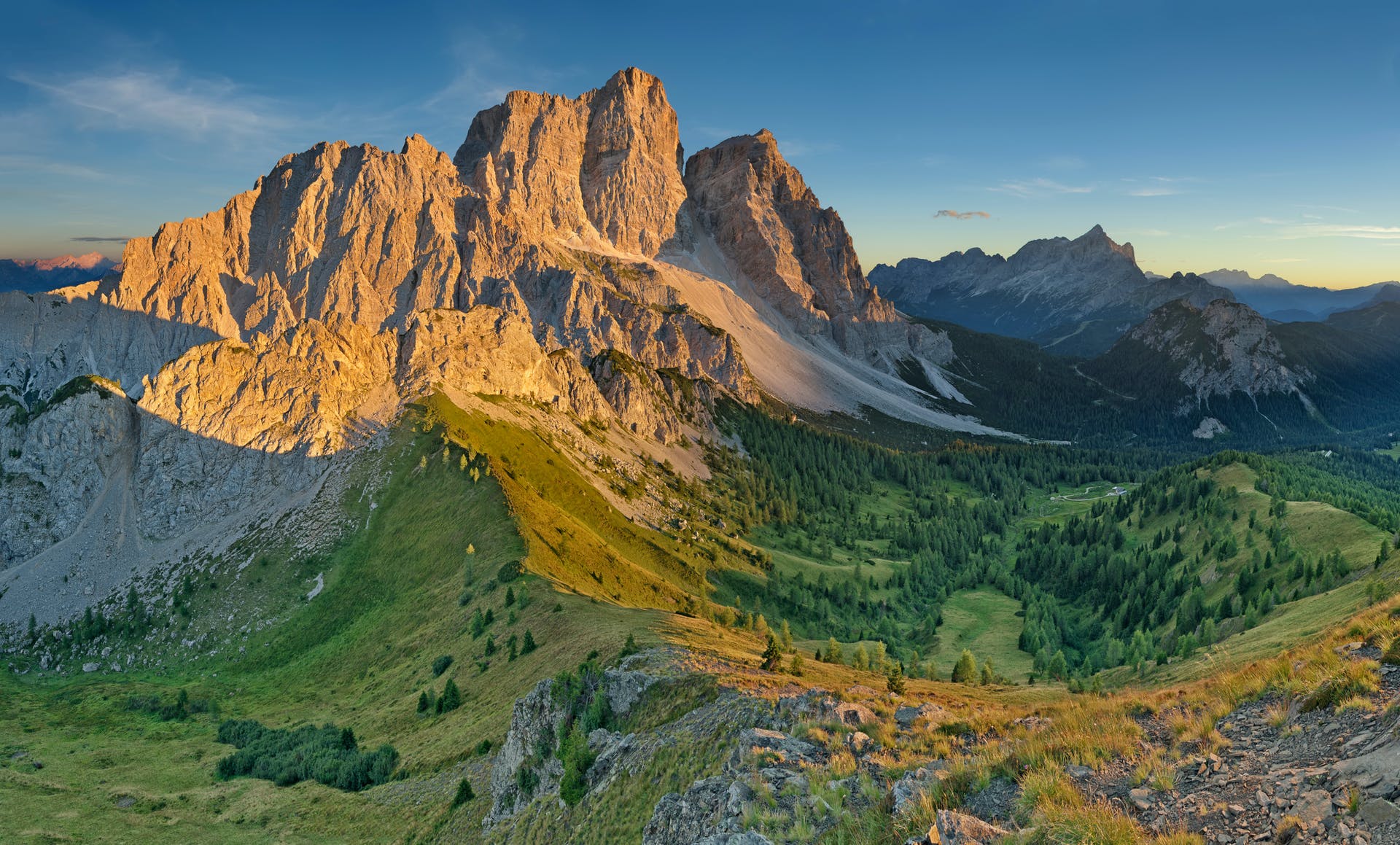
Eight varied multi-day hut to hut routes known as ‘Alte Vie’ wind through the highest ranges of the whole Dolomites region, linking some of the world’s best mountain refuges along spectacular trails. Tackle an entire route over a couple of weeks, or pick one of the shorter stretches, where accessible. One of the most celebrated routes is the Alta Via #1, which traverses the eastern reaches of the region. It covers 125km in around ten panoramic stages, beginning at the crystalline Lago di Braies and heading south to Belluno.

All the High Routes are well maintained and clearly way-marked with excellent overnight facilities for hikers. These eight treks are a great way to spend a few days at altitude – often around 3000 metres – walking right up among the soaring granite spires of these iconic mountain ranges, enjoying some of the most jaw dropping landscapes on the planet. For much of their extent, these trails are relatively straightforward, but there are certain stages which are more demanding, some requiring via ferrata equipment and scrambling, and all requiring a good level of fitness, some experience at altitude and a head for heights.
3. Hike The Val Gardena
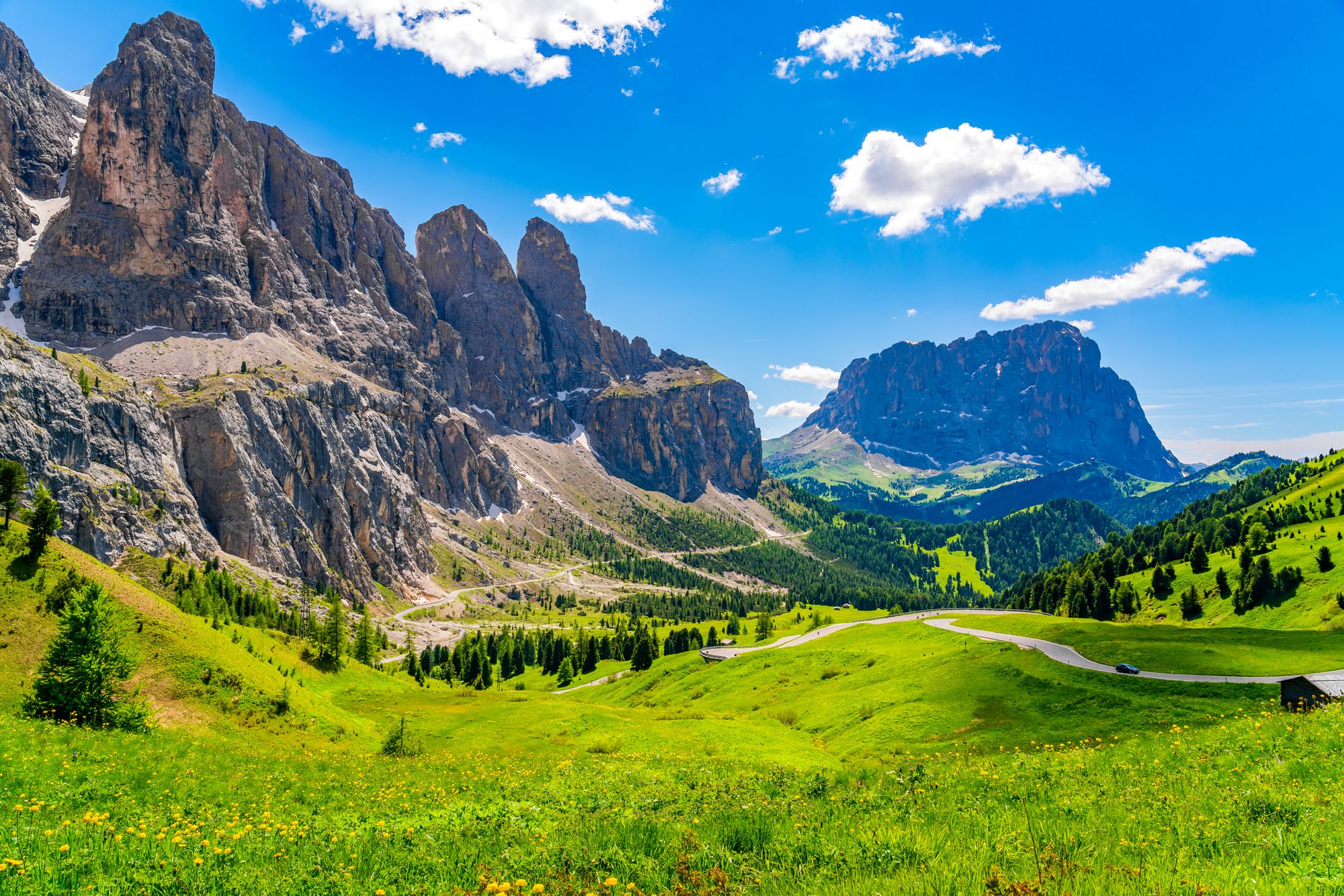
The Val Gardena is perhaps one of the most scenic and celebrated valleys in the Dolomites. There is easy access to some spectacular trails made all the quicker by several lifts operating throughout the summer and the ski season. Accessed directly from the Val Gardena is the largest alpine plateau in Europe, the Alpe di Siusi, a truly stunning expanse of undulating pastures fringed by some of the most imposing peaks in the whole Dolomite region. There are all sorts of trails in and around the valley and the plateau, some are easy day hikes such as the Sentiero del Pastore, the 'Shepherd's Path', which takes in a scenic loop around the base of Sasso Piatto peak.
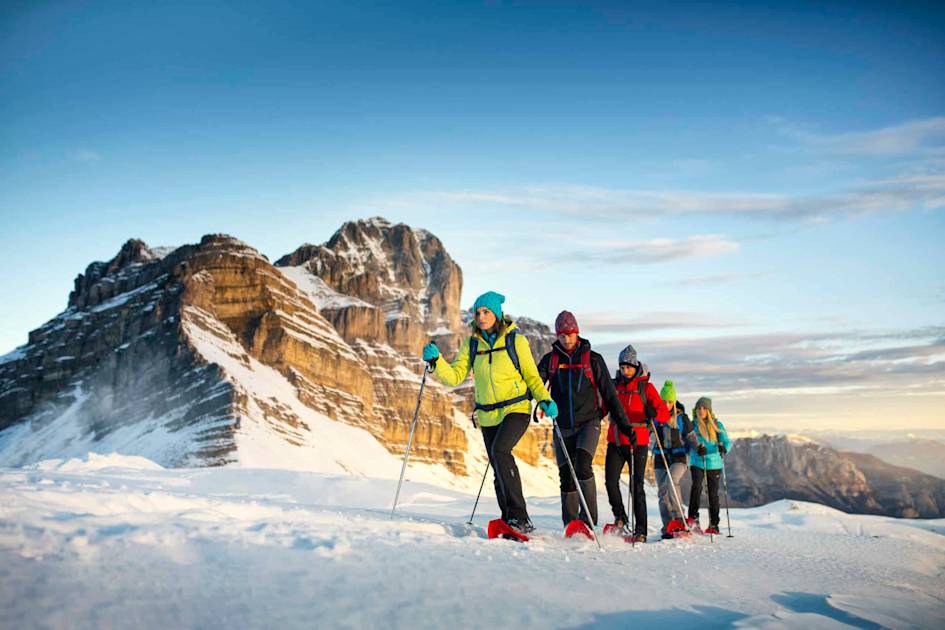
There are a number of mountain refuges in the vicinity, all with awesome views and excellent food for a hearty mountain lunch among the meadows. Longer, more demanding routes include the Gardena 2000, a high level route entirely above 2000 metres which takes six days to complete the loop around the entire Val Gardena, overnighting at refuges and tackling the famous ‘Sella’ of the Sella Ronda. This is a challenging trek that'll require some training beforehand.
4. Visit The Puez-Odle Nature Park
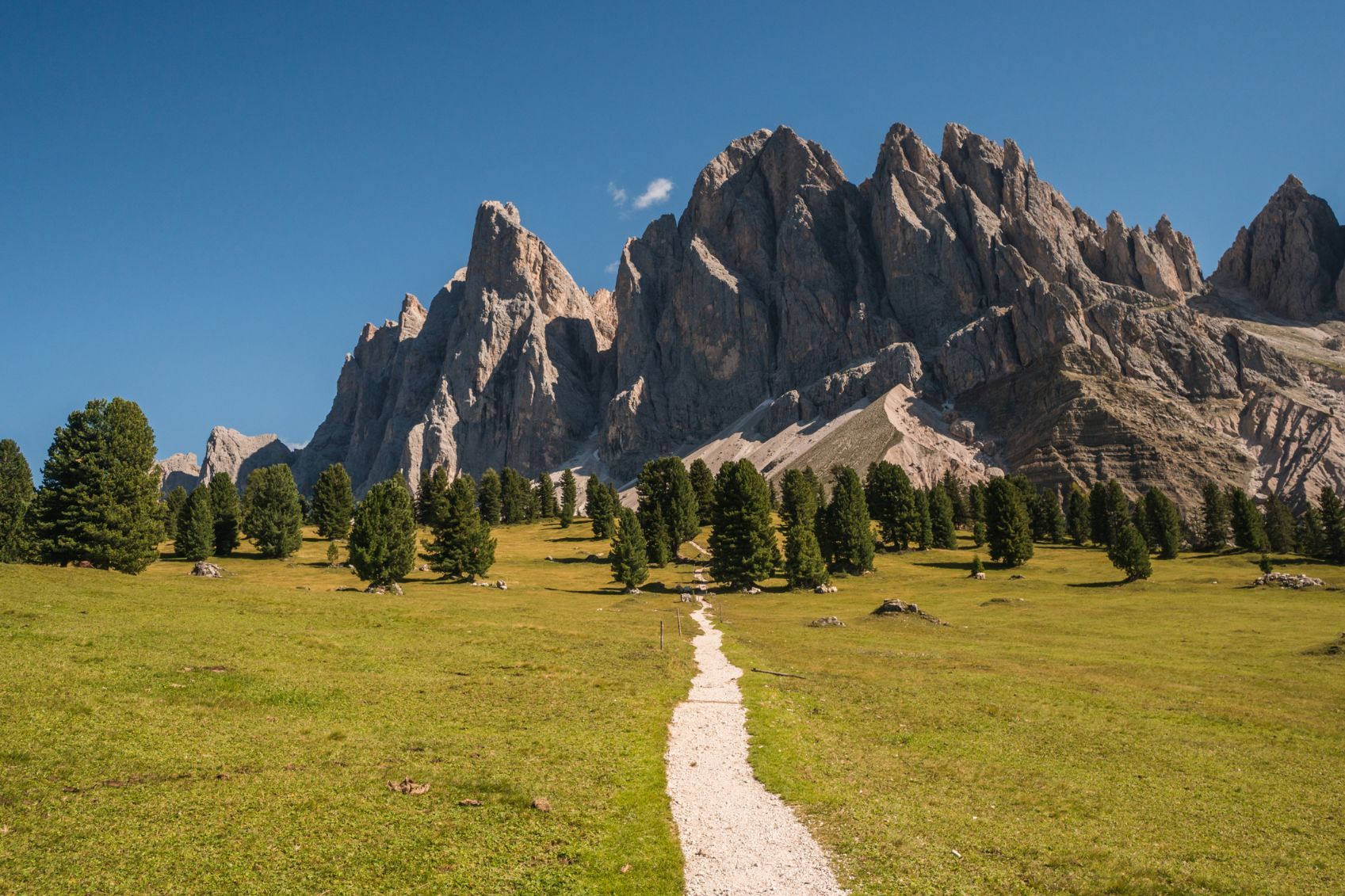
The Puez-Odle Nature Park covers over 10,000 hectares of land around the Odle Group, Puez Group and Sass de Putia Massif. It's home to the Zannes Nature Path, which is actually the first wheelchair accessible path of South Tyrol and is incredibly beautiful. Think far reaching views of rolling hills and greenery, lined by forest and backdropped by that classic grey stone of the Italian Dolomites.
5. Walk to the Base of the Vajolet Towers
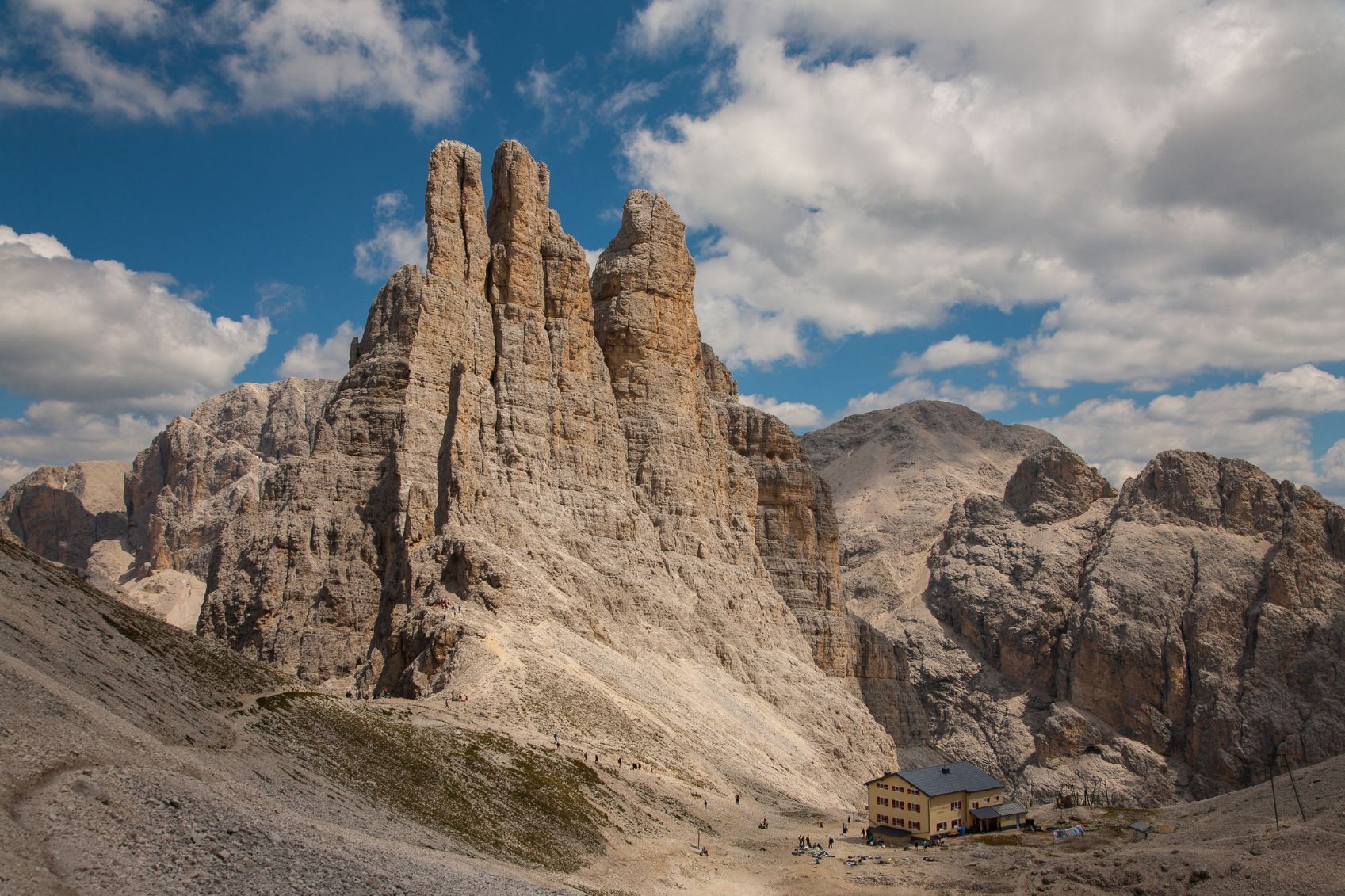
The six Vajolet towers are what many people think of when they think of the Dolomites - huge, grey spires of rock sticking up into the sky like fingers and fists. You'll find them in the Catinaccio mountain group (which separates South Tyrol from Trentino), and there are various hiking routes that can take you up to the base. It's a day hike though - and one of the best in the Dolomites at that.
6. Bonus Climb: The Monte Marmolada (3343m)
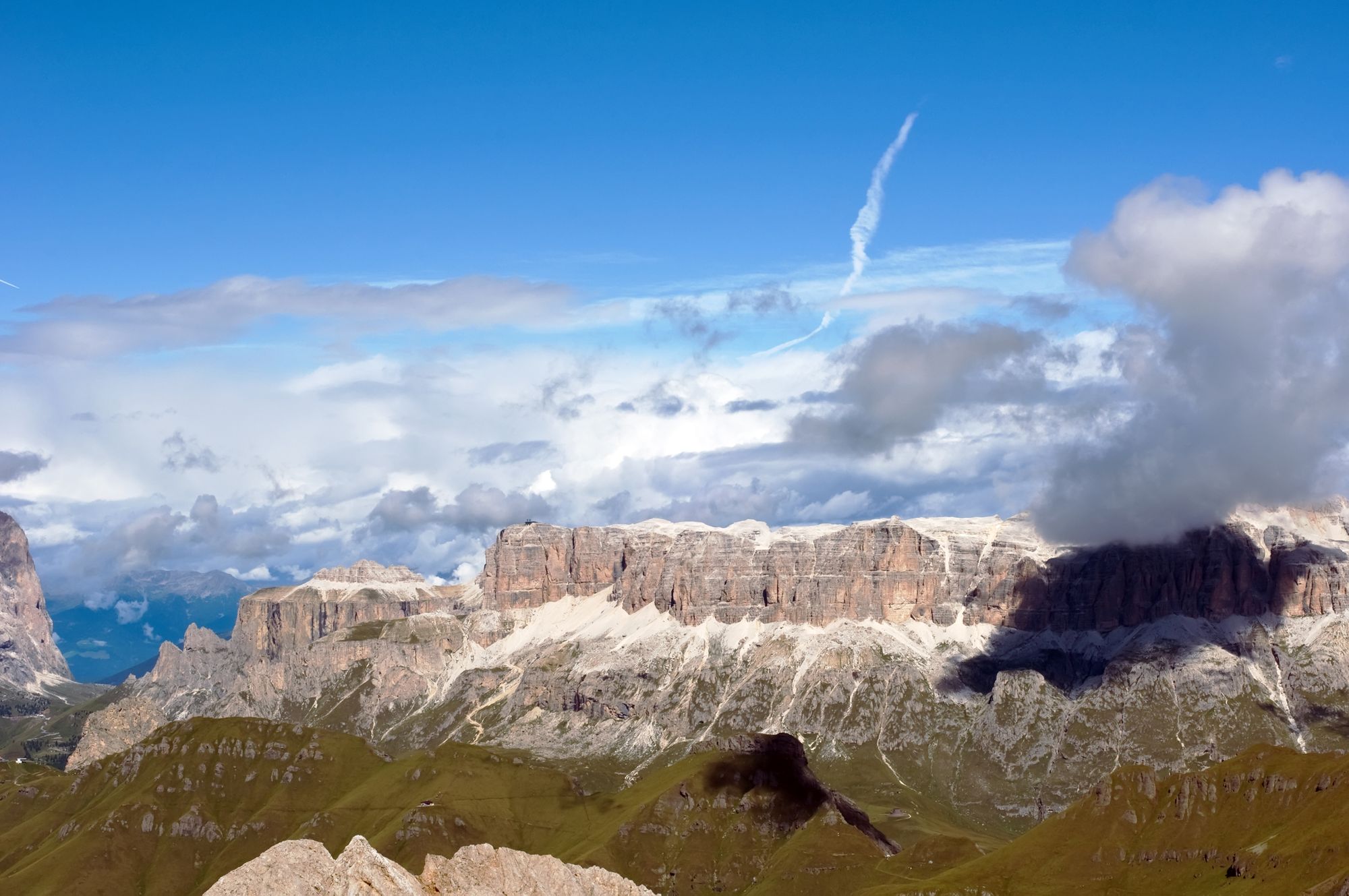
First thing's first - this is rock climbing, not just hiking. Do not underestimate this route. Crampons and ice axe are essential. This is a route that should only be taken on by experienced mountaineers, with a guide or appropriate team.
Known by locals as the Queen of the Dolomites, the Marmolada is the highest peak of the region, reaching the dizzy heights of 3343 metres. It straddles the regional border between Trentino and Veneto, around 100 kilometres north of Venice. The Marmolada is in fact a ridge with a series of summits dropping in altitude from west to east. Punta Penia is the highest at 3343 metres, followed by Punta Rocca rising to 3309 metres, Punta Ombretta at 3230 metres, next is Monte Serauta’s 3069 metre peak and finally Pizzo Serauta which stands at 3035 metres.
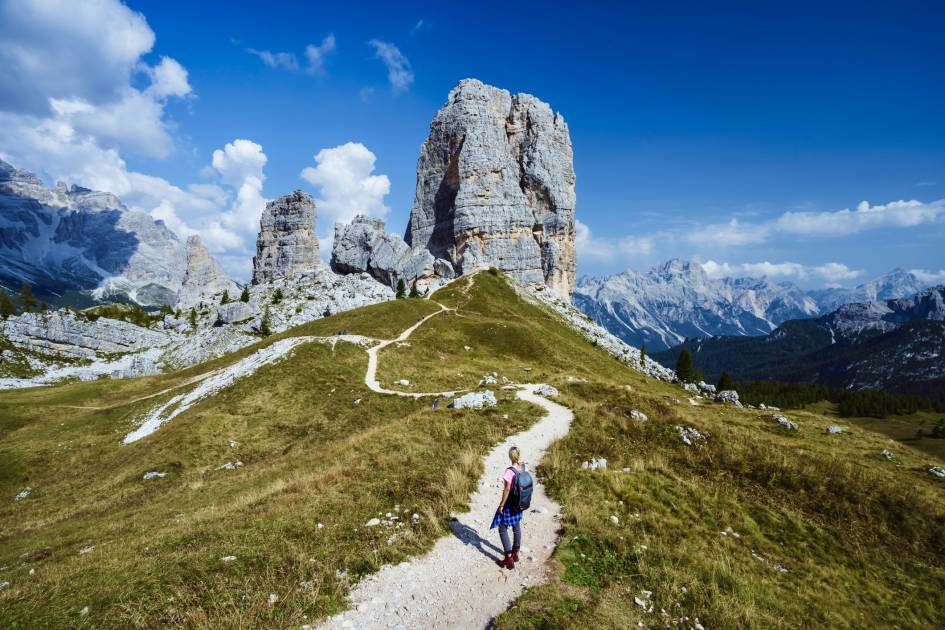
Monte Marmolada supports a glacier at its most northerly sector, and glacier hikes are possible from June to September for if you've got the right gear. This summit was sliced through by the national border between Italy and Austria before World War I, and was the scene of conflict during the fighting. When the glacier recedes there are often war relics uncovered amid the melting ice.
Why not check out all our adventures in the Dolomites, or our other hiking adventures in Italy.


